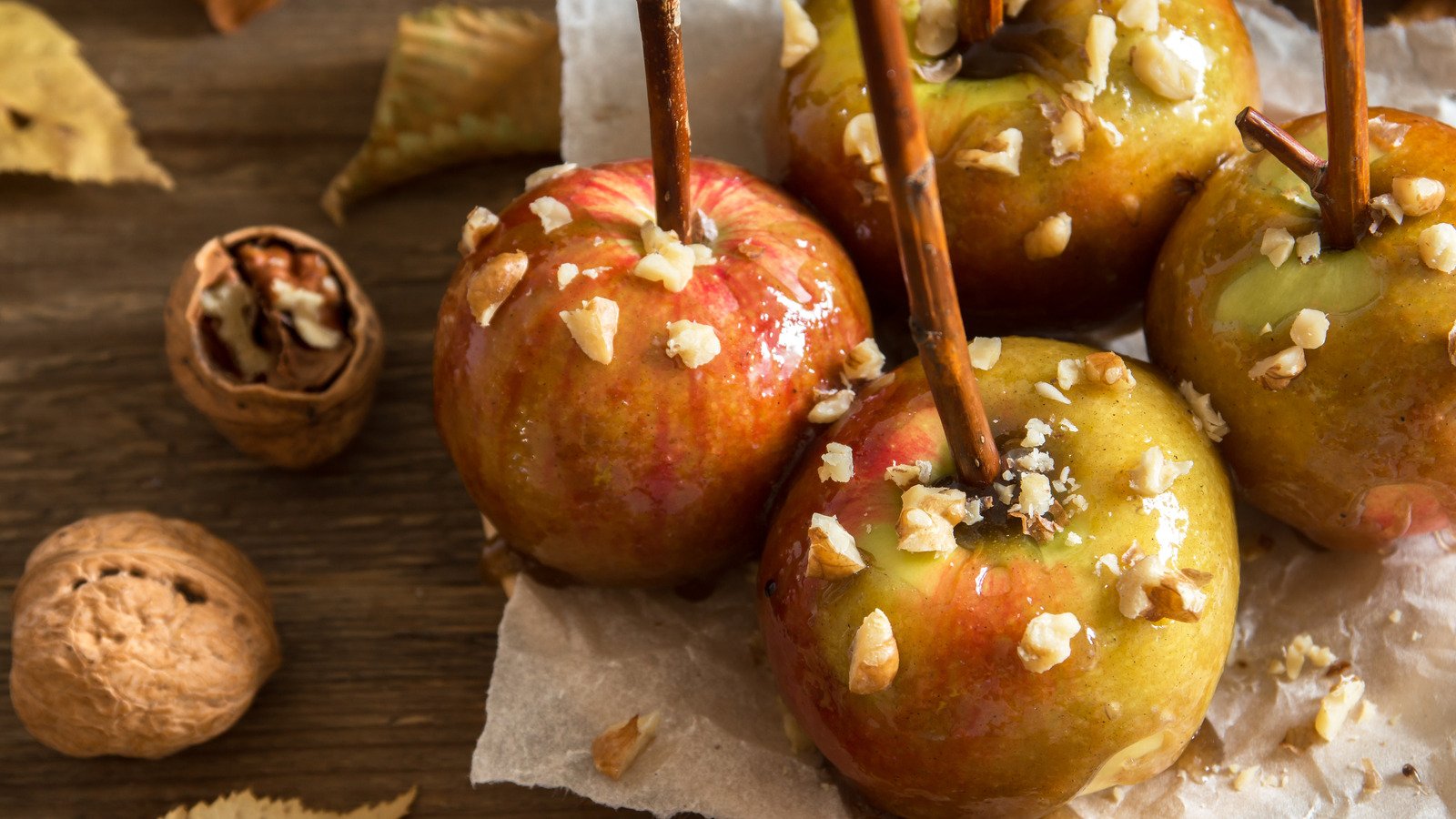Here’s What Americans Ate On Halloween In The 1800s
Imagine stepping back in time to the 1800s and experiencing Halloween in a completely different way. Celebrations in the United States during this period were far removed from the modern-day traditions we are familiar with today. Halloween was less about costumes and trick-or-treating, and more about traditional activities and feasting. In this article, we’ll take a closer look at what Americans ate on Halloween in the 1800s and how their culinary traditions differed from our own.
Corn and Apples: Staple Foods of Halloween
During the 1800s, corn and apples played a prominent role in Halloween celebrations. In rural areas, corn was a primary staple and was incorporated into various dishes. People would make cornmeal mush, also known as hasty pudding, which was a popular breakfast dish made by boiling cornmeal in water or milk. Halloween festivities often featured a dish known as “apple-head cheese,” where a round of cheese was sculpted to resemble a human head and adorned with apple slices for eyes.
Pumpkins: A Traditional Delicacy
Pumpkins, the quintessential symbol of Halloween today, were also a favorite in the 1800s. However, they were not commonly used for carving jack-o’-lanterns as they are today. Instead, pumpkins were utilized for their flesh in various dishes. One popular Halloween recipe was pumpkin pie, typically made from scratch using fresh pumpkin puree, sugar, spices, and a homemade crust. Pumpkin pudding was another delectable treat, often flavored with molasses, nutmeg, and cinnamon.
Colcannon: A Traditional Irish Dish
Irish immigrants brought their culinary traditions to America, including their Halloween dishes. Colcannon, a traditional Irish dish, became a staple on Halloween dinner tables. This hearty meal consisted of mashed potatoes mixed with cabbage or kale, and sometimes onions or leeks. The combination of creamy mashed potatoes and tender vegetables created a comforting and filling dish, perfect for warding off the autumn chill.
Confections: Sweet Treats for Halloween
In the 1800s, Halloween was not complete without a variety of sweets and confections. Candies, though much simpler than those we find today, were a favorite among children and adults alike. One popular choice was molasses candy, made from boiling molasses, sugar, and water together until it reached a chewy consistency. Taffy pulling was also a cherished Halloween activity, where families would gather to stretch and shape warmed taffy into various forms.
Apple-ducking and Nut Roasts: Fun and Games
Halloween in the 1800s was a time for games and amusements. Apple-ducking, a popular activity, involved filling a large tub with water and placing apples in it. Participants would then try to bite into the apples without using their hands. Nut roasts, another entertaining game, required players to roast nuts in the fireplace. The person whose nut cracked first would win a prize. These games added excitement and merriment to Halloween festivities and were enjoyed by all.
Cider and Wassail: Traditional Halloween Drinks
When it came to beverages, cider and wassail were the drinks of choice during Halloween in the 1800s. Apple cider, made from freshly pressed apples, was a staple at Halloween gatherings. Wassail, a hot mulled punch made with cider, spices, and sometimes additional spirits, was another favorite. The warm and spicy flavors of these drinks provided comfort and warmth on the crisp autumn nights.
A Different Halloween Feast: Then and Now
In conclusion, Halloween celebrations in the 1800s revolved around traditional foods and activities that differed significantly from the modern-day festivities we are accustomed to. Corn and apples were staple foods, while pumpkins were used for their flesh in pies and puddings. Irish immigrants brought their beloved colcannon dish to the American Halloween table. Confections and sweets delighted both young and old, and games such as apple-ducking and nut roasts added a playful touch. Finally, cider and wassail provided warmth and cheer to those partaking in the festivities. As we celebrate Halloween today, it’s fascinating to consider the evolution of our traditions and the unique customs of those who came before us.
*Source www.foodrepublic.com




































